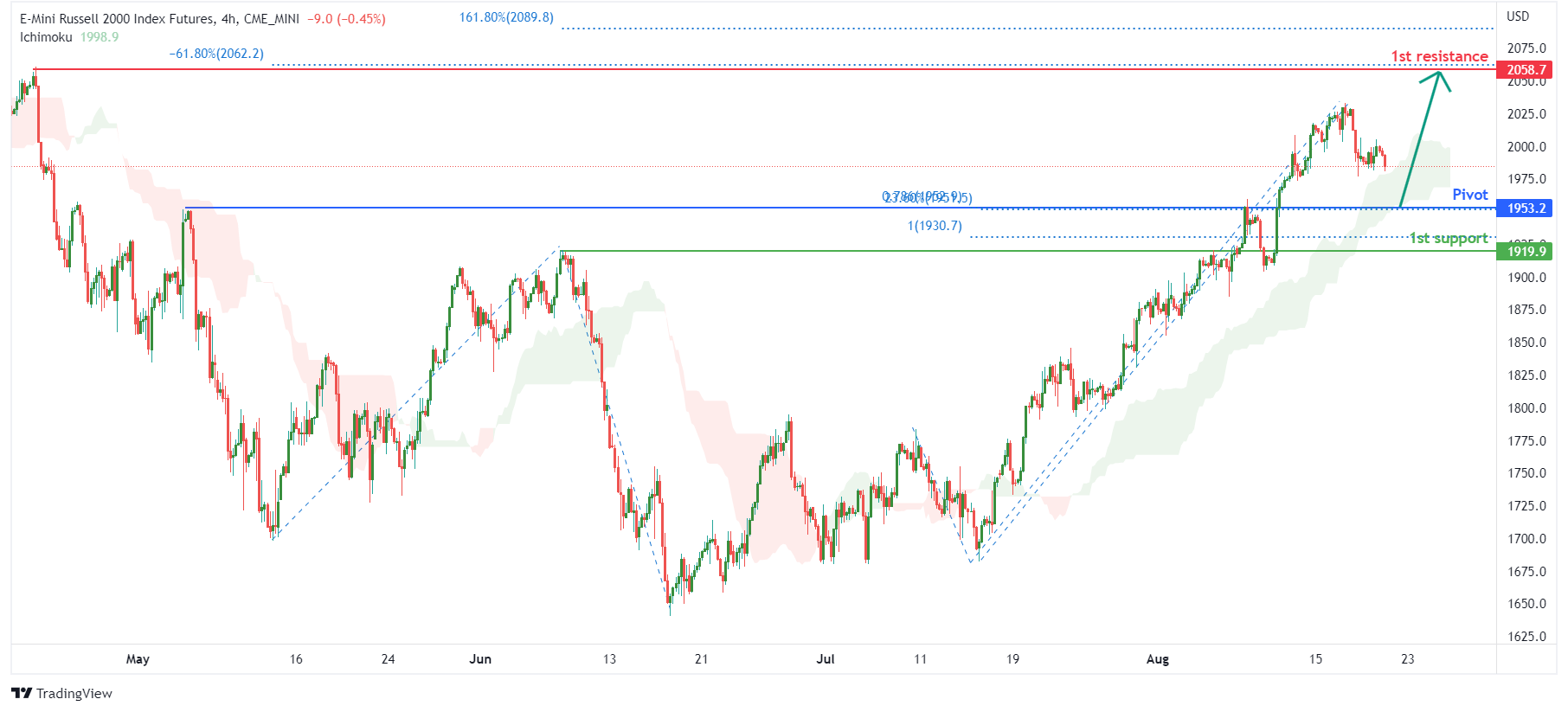The Russell 2000 Index is one of the most widely recognized benchmarks for small-cap stocks in the United States. This index represents a segment of the broader Russell 3000 Index, which encompasses the 3,000 largest publicly traded companies in the U.S. The Russell 2000 specifically includes the 2,000 smallest companies in this larger index, making it a vital gauge for the performance of small-cap stocks. In this article, we will delve into the Russell 2000, its composition, performance, and significance in the investment landscape.
What is the Russell 2000 Index?
The Russell 2000 Index was created by the Frank Russell Company in 1984 and has since become a key performance measure for small-cap stocks. The index includes companies that are not only smaller in terms of market capitalization but also more vulnerable to market fluctuations. It is important for investors looking to diversify their portfolios by adding exposure to smaller companies.
Composition of the Russell 2000
The Russell 2000 is composed of 2,000 small-cap companies that are selected based on their market capitalization. The index is reconstituted annually, usually in June, to ensure that it accurately reflects the current landscape of small-cap stocks. The companies in the Russell 2000 must meet certain criteria, including:
- Market Capitalization: To be included in the Russell 2000, a company’s market capitalization must be below a certain threshold, which is determined during the annual reconstitution. This threshold typically ranges from $300 million to $2 billion.
- Liquidity: The stocks must also meet minimum liquidity requirements, ensuring they are actively traded on major exchanges like the New York Stock Exchange (NYSE) or NASDAQ.
- Sector Representation: The Russell 2000 includes companies from various sectors, including technology, healthcare, financials, consumer discretionary, and industrials, among others.
Performance of the Russell 2000
The performance of the Russell 2000 can be quite volatile compared to larger-cap indices like the S&P 500. Small-cap stocks are often more sensitive to economic changes and market sentiment, which can lead to larger price swings.
Historical Performance
Historically, small-cap stocks represented by the Russell 2000 have outperformed large-cap stocks over the long term. According to various studies, small-cap stocks tend to provide higher returns than their larger counterparts due to their growth potential. For instance, from 1926 to 2020, the Russell 2000‘s average annual return was around 11.9%, compared to about 10.5% for the S&P 500.
Recent Trends
In recent years, the Russell 2000 has faced challenges due to economic fluctuations, trade tensions, and changes in monetary policy. In 2020, during the COVID-19 pandemic, small-cap stocks initially suffered significant losses but rebounded strongly in the latter half of the year as investors shifted their focus to companies that would benefit from a recovery.
The index’s performance can be influenced by various factors, including interest rates, inflation, and consumer spending. Investors often look to the Russell 2000 as an indicator of the broader economy’s health, as small-cap companies tend to be more closely tied to domestic economic conditions.
Advantages of Investing in the Russell 2000
Investing in the Russell 2000 can offer several advantages for investors seeking to diversify their portfolios and capture growth opportunities.
Diversification
By including small-cap stocks in their portfolios, investors can achieve better diversification. Small-cap companies often operate in niche markets and can be less correlated with larger-cap stocks, which may help reduce overall portfolio risk.
Growth Potential
Small-cap stocks generally have greater growth potential compared to large-cap stocks. Many small companies are in the early stages of development and have more room for expansion, making them attractive for investors seeking capital appreciation.
Market Inefficiencies
Small-cap stocks are often less followed by analysts and institutional investors, leading to potential market inefficiencies. This can create opportunities for savvy investors who can identify undervalued companies before they gain wider recognition.
Risks of Investing in the Russell 2000
While there are advantages to investing in the Russell 2000, it’s important to be aware of the associated risks.
Volatility
Small-cap stocks tend to be more volatile than larger-cap stocks. Price fluctuations can be more pronounced due to lower trading volumes and less market depth. This can lead to greater losses in downturns, making small-cap investing more suitable for investors with a higher risk tolerance.
Economic Sensitivity
The performance of the Russell 2000 is closely tied to economic conditions. Small-cap companies are often more vulnerable to economic downturns, as they may lack the resources to weather challenging times compared to larger firms. During recessions, small-cap stocks can experience sharper declines.
Limited Resources
Small companies often have limited financial resources and may struggle to compete with larger firms. This can result in higher rates of business failure, which may negatively impact the overall performance of the Russell 2000.
How to Invest in the Russell 2000
Investors interested in gaining exposure to the Russell 2000 have several options available.
Exchange-Traded Funds (ETFs)
One of the most popular ways to invest in the Russell 2000 is through exchange-traded funds (ETFs). These funds track the performance of the index and allow investors to buy shares that represent a diversified portfolio of small-cap stocks. Some well-known ETFs that track the Russell 2000 include:
- iShares Russell 2000 ETF (IWM): One of the largest and most liquid ETFs tracking the Russell 2000.
- Vanguard Russell 2000 ETF (VTWO): A low-cost option for investors seeking exposure to small-cap stocks.
Mutual Funds
In addition to ETFs, there are mutual funds that focus on small-cap stocks and aim to replicate the performance of the Russell2000. These funds are managed by professionals who select individual stocks based on their research and analysis.
Individual Stocks
For investors looking to take a more active approach, investing directly in individual stocks within the Russell 2000 is another option. This strategy requires thorough research to identify promising companies with growth potential. However, it also entails a higher level of risk and requires more time and effort than investing in ETFs or mutual funds.
Conclusion
The Russell 2000 Index serves as a critical benchmark for small-cap stocks in the U.S. It provides investors with opportunities to diversify their portfolios and tap into the growth potential of smaller companies. However, the associated risks, including volatility and economic sensitivity, must be carefully considered. For those willing to navigate these challenges, the Russell 2000 can offer a rewarding avenue for investment and the potential for significant returns over the long term. Whether through ETFs, mutual funds, or individual stocks, investing in the Russell 2000 can be a valuable addition to an investment strategy aimed at capitalizing on the dynamism of the small-cap market.




